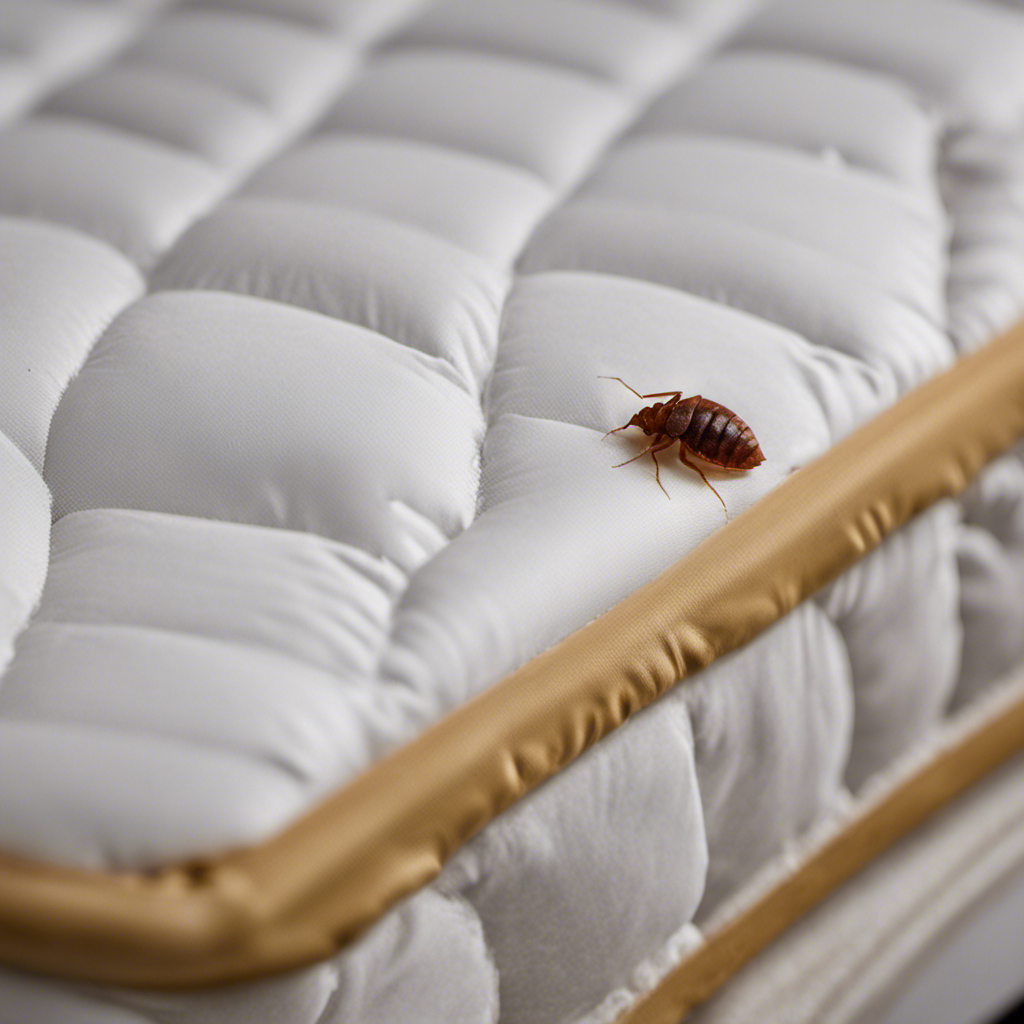How Big Are Bed Bugs, How Do I Know I Have Them in My Home
If you’ve stumbled upon this article, chances are, you’re concerned about
Introduction to Bed Bugs
Ever thought about those little critters that have haunted so many sleepless nights across generations? Yup, we’re talking about
Bed bugs, known in scientific circles as Cimex lectularius, are parasitic insects with a preference for human blood. Don’t let their name mislead you; these bugs aren’t confined to just our beds and mattresses. They comfortably reside in a multitude of places such as sofas, carpets, crevices in walls, and even behind wallpaper. Their ability to adapt and persist is part of what makes them so challenging to deal with.
- 100% Kill Efficacy Bedbugs, Mites, Eggs
- Lasting Protection
- USDA BIO-certified
- Plant Extract Based & Non-Toxic
- Child & Pet Safe
The comeback of
The Actual Size of Bed Bugs
So, when it comes to the size of
When these pests have had a meal, they don’t keep it on the down-low. They can swell, almost doubling in size, and adopt a reddish color from the blood they’ve ingested. It’s during this swollen state that they’re most visible. Still, given their crafty nature, they can be challenging to spot.
- Kills Bed Bugs and Bed Bug Eggs
- Kills Fleas and Dust Mites
- Non-staining, Leaves No Odor
As for the younger generation of

Key Signs of Bed Bug Infestation
Seeing actual
Furthermore, have you ever gotten a whiff of a musty odor in your bedroom?
Why It’s Important to Detect Them Early
Okay, you might be thinking, “They’re tiny. Why the fuss?” Well, a small infestation can quickly become a big one. The earlier you detect them, the easier and less costly it’ll be to get rid of them. Plus, who wants sleepless nights, right?
Tips for Preventing Bed Bug Infestations
Remember the saying, “Prevention is better than cure”? It holds true here.
- Regularly Inspect Your Home: Especially after traveling.
Bed bugs are sneaky hitchhikers. - Seal Off Cracks: These can be potential entry points.
- Keep Your Home Clean: Regularly vacuuming your mattress, bed, and entire apartment can help reduce the likelihood of bed bug infestations.
- Be Cautious with Second-hand Furniture: Always inspect them thoroughly before bringing them into your home.
While the thought of having bed bugs can be a skin-crawling one, knowing what to look for and taking preventive measures can save you a lot of trouble. Remember, the key is early detection and prevention. And if you suspect you have an infestation, reach out to professionals. Sweet dreams!
You might be interested in: What Spray Kills Bed Bugs and Their Eggs?







Comments are closed.